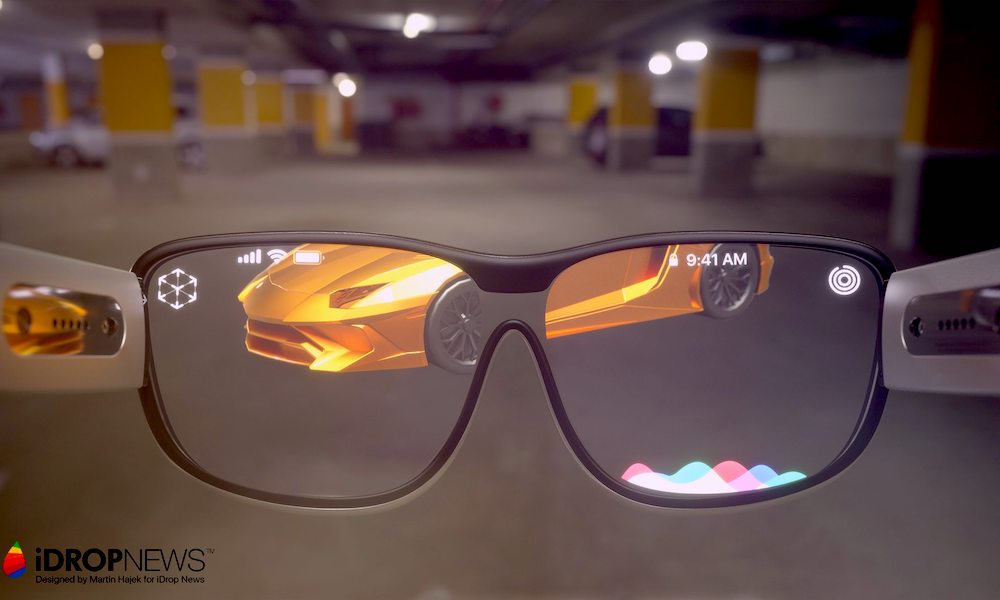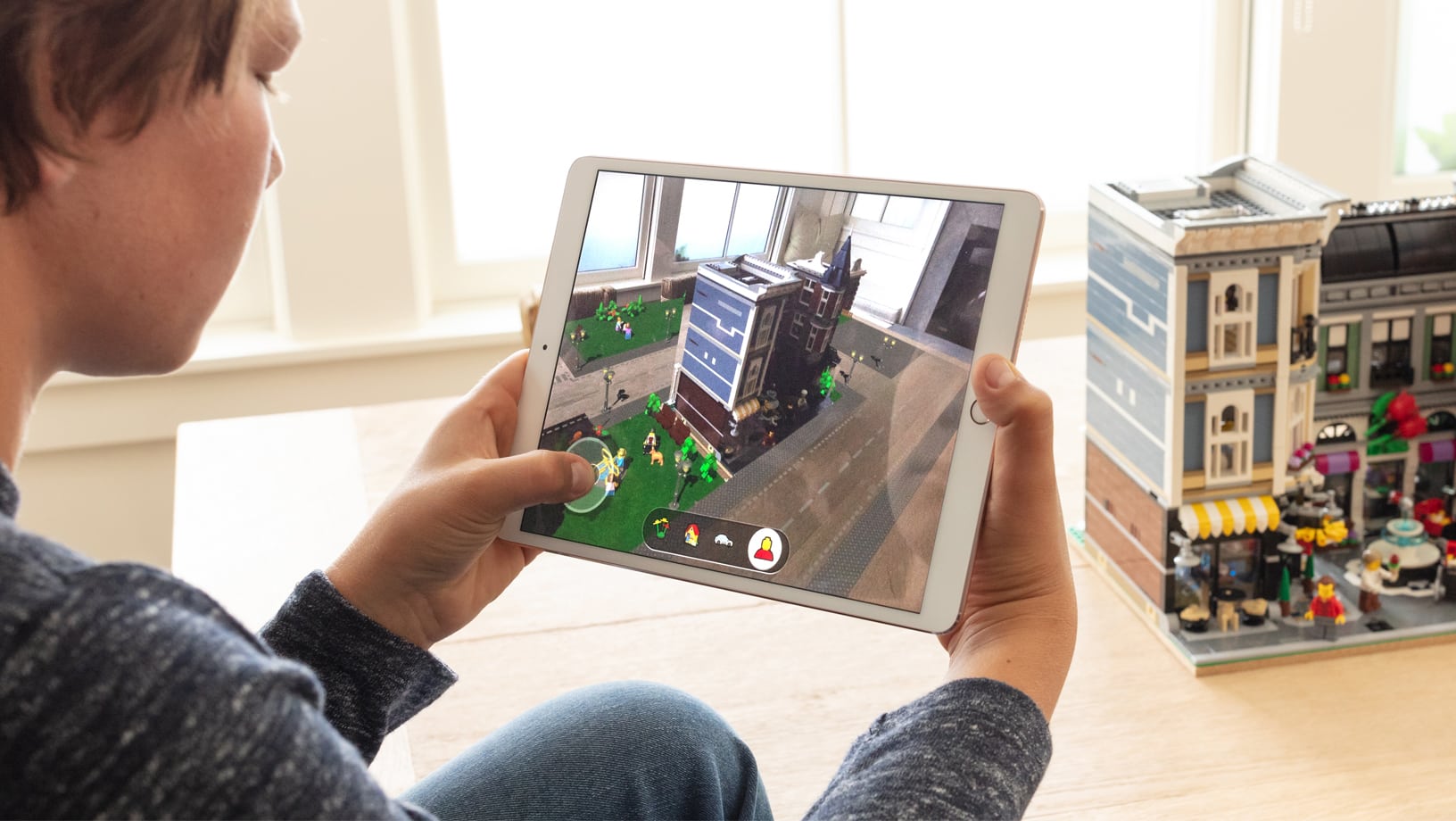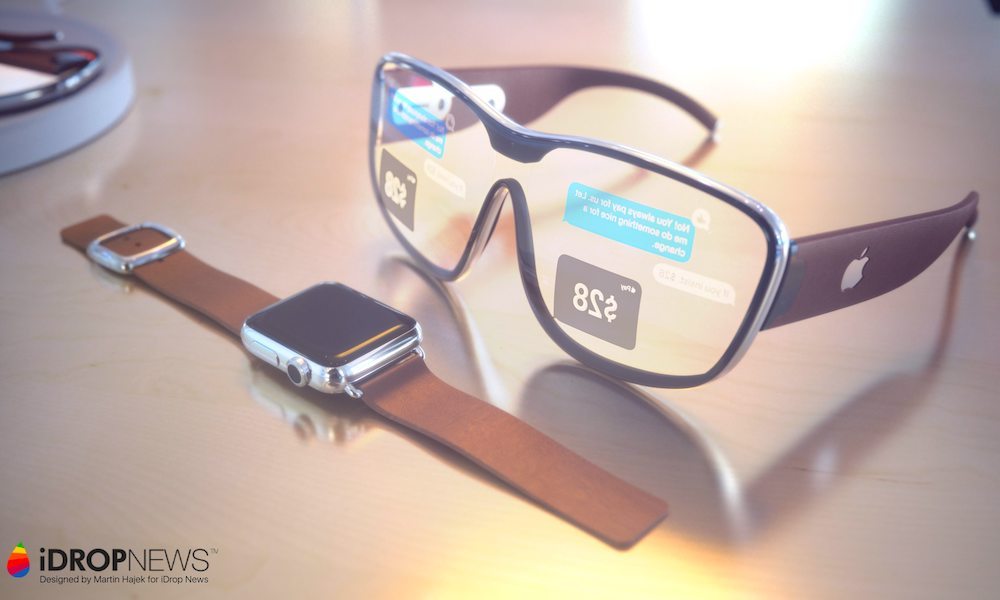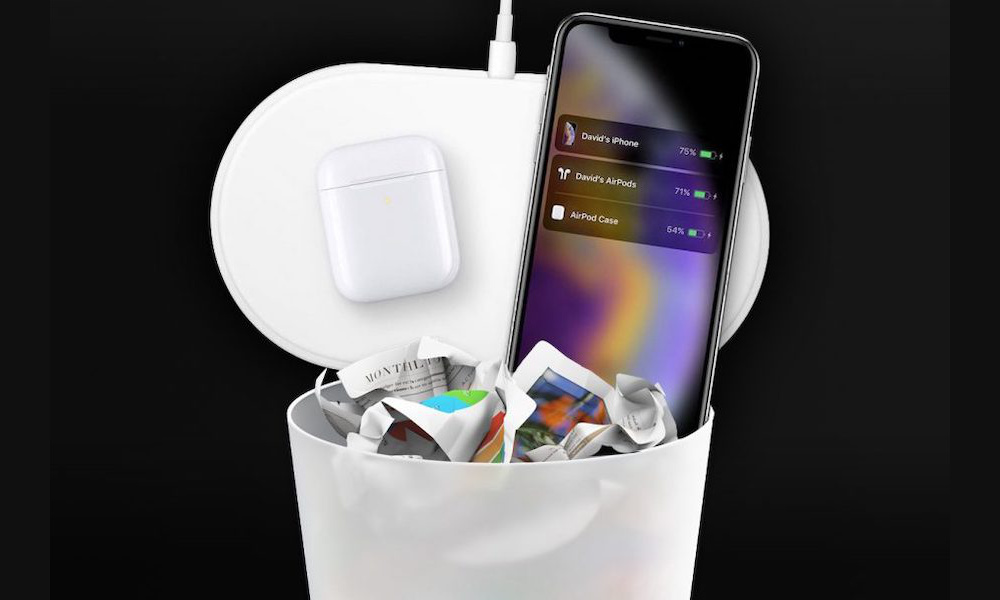Apple Won’t Kill Its AR Glasses: Here Are 5 Reasons Why
 Martin Hajek / iDrop News
Martin Hajek / iDrop News
Apple is largely thought to be working on a pair of augmented reality (AR) glasses. While reports differ on what those glasses will look like or what features they have, the fact that they’re in development over in Cupertino seemed to be a hard fact.
That is, until this morning when DigiTimes released a report indicating that Apple has “reportedly terminated” development of those AR glasses. As you might expect, the Apple blogosphere was quick to jump on that story. But Apple has probably not scrapped its AR glasses — continue reading to learn five reasons why.
No One Knows the Real Details
The big problem with the DigiTimes report is that no one seems to have read it. Seriously. The piece is currently hidden behind a paywall (which requires $415 to unlock). The only reason anyone in the Apple blogosphere is talking about it is that they saw the headline in DigiTimes’ “Before Going to Press” section.
Because of that, there doesn’t appear to be anyone currently who knows the full details of the report. While it makes for a punchy headline, it isn’t the most accurate to write about Apple’s AR glasses being “terminated” without knowing the specifics. (Let’s also not forget DigiTimes’ spotty track record when it comes to Apple rumors.)
Apple Is Powering Ahead with AR
Whether or not a pair of Apple AR glasses is in development, you can’t argue with the fact that Apple appears to be all-in on augmented reality. From the very first implementation of ARKit back in 2017 to recent updates Apple has made to the development platform, it doesn’t look like Apple’s underlying AR technology is going anywhere.
And AR has potential beyond a wearable headset. Apple-developed AR platforms could be used in anything from vehicular navigation to multiplayer gaming. The technology may be off to a slow start (thanks in no small part to duds like Google Glass), but it’s safe to say that AR isn’t a gimmick — and it isn’t going anywhere.
The Evidence for Apple AR Glasses Is Staggering
Looking beyond the fact that Apple will continue to work on AR in the future, there’s a slew of evidence suggesting Apple is still working on AR glasses. Those rumors first surfaced back in 2017, but more recent reports suggest that the development of first-party AR glasses hasn’t slowed down at all.
Reliable sources, including Bloomberg and analyst Ming-Chi Kuo, have all forecasted that Apple AR glasses are coming within the next couple of years. Whether they’re an iPhone accessory or a standalone device, a wearable AR-based headset still seems likely. Just recently, developer and Apple sleuth Steve Troughton-Smith found code in iOS 13 that suggested AR glasses may even be coming sooner than expected.
‘Apple Glass’ Isn’t AirPower
Some people in the Apple blogosphere have preemptively likened Apple’s AR glasses to AirPower — a device that seemed certain but was pulled at a critical moment. But AirPower and Apple Glass aren’t alike at all. For one, Apple has never publicly revealed the existence of an AR headset project. (And in the wake of AirPower, it probably won’t until it’s ready.)
AirPower also had major technical flaws, something we haven't heard about regarding Apple Glass. Similarly, the development of AR glasses has little to do with Apple’s overall design team restructuring. Whether or not reports of Jony Ive’s dissatisfaction are accurate, we can say that the industrial designer’s departure won’t spur Apple to drop its AR glasses.
Apple Doesn’t Have a Choice
AR has the huge potential to change the way we interact with consumer electronics. But it’s not a technology well-suited for existing platforms like smartphones or tablets. Sure, AR works fine on your iPhone, but the tech practically begs for a much more integrated and seamless user experience. Something like a wearable AR headset.
And Apple may not have a choice. The smartphone industry is stagnating and the company can’t ride off the success of the iPhone forever. And while Apple is currently pushing Services as a way to make up for the iPhone’s decline, the company really needs an innovative hardware product to keep it going. Something, again, like a wearable AR headset.





